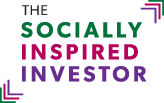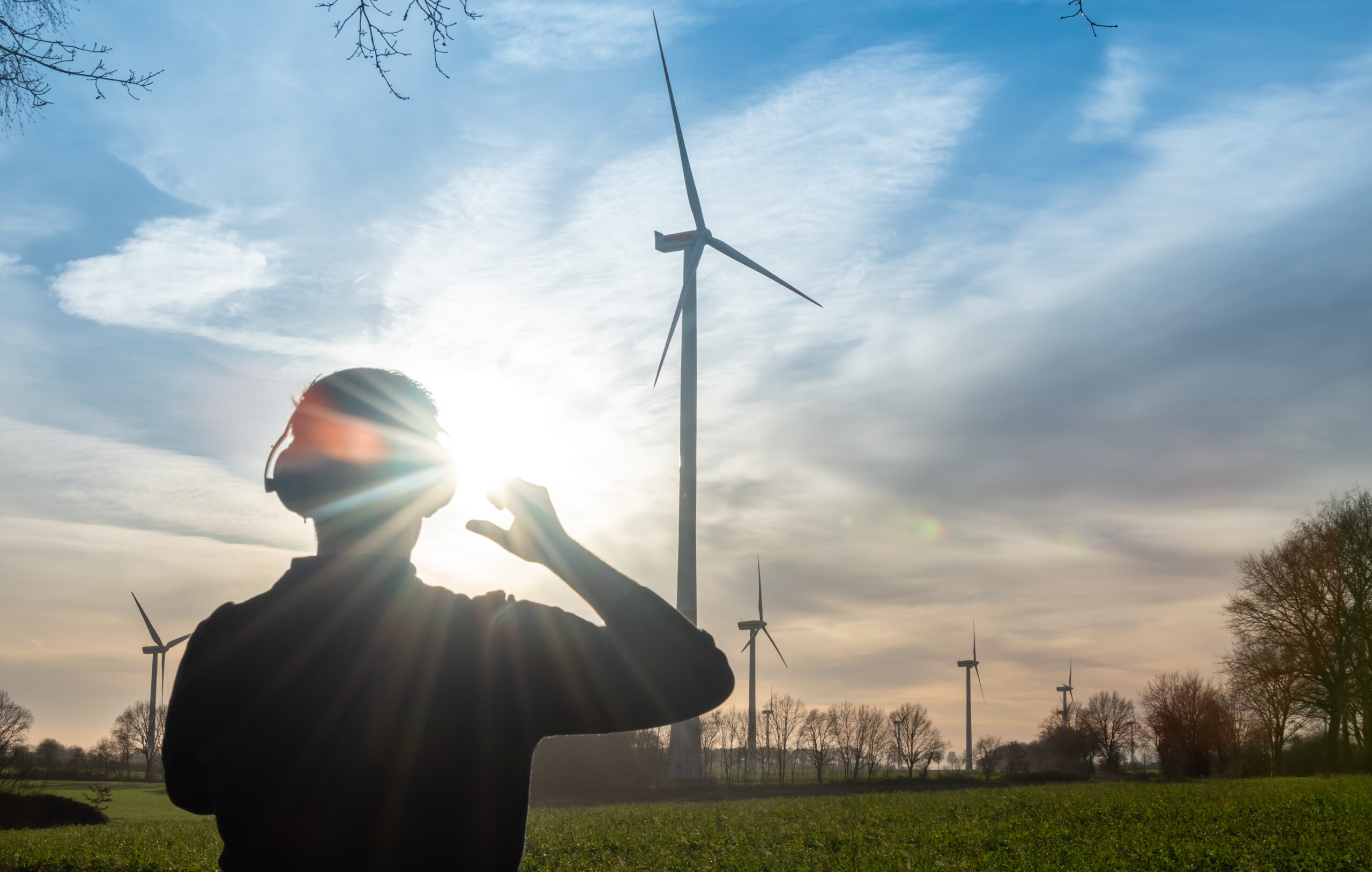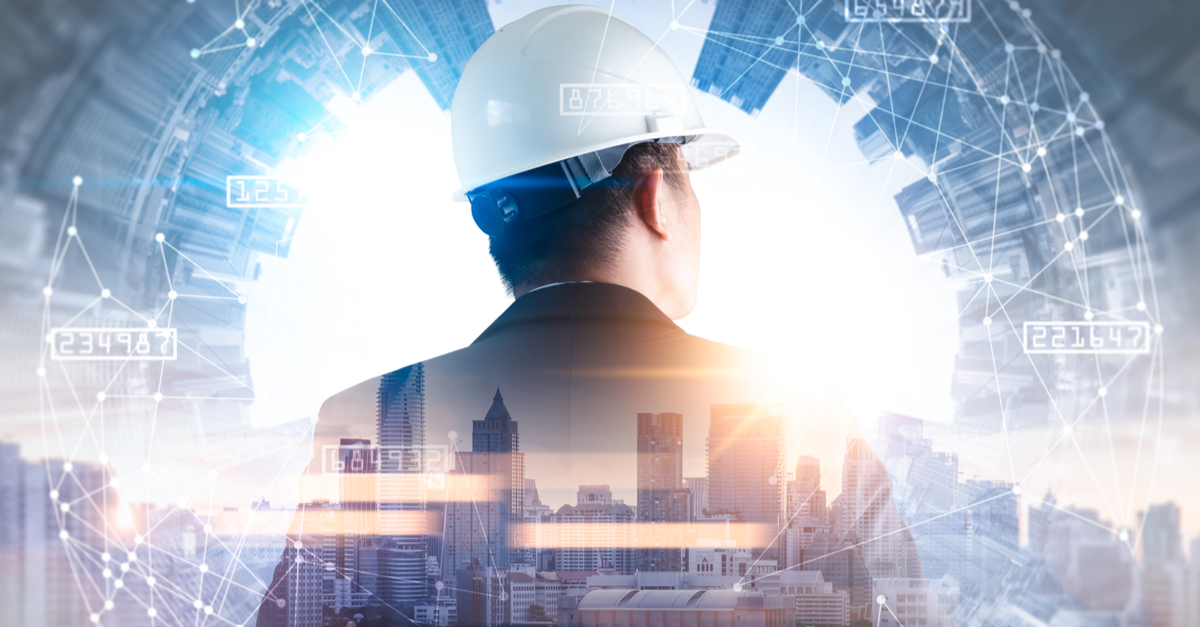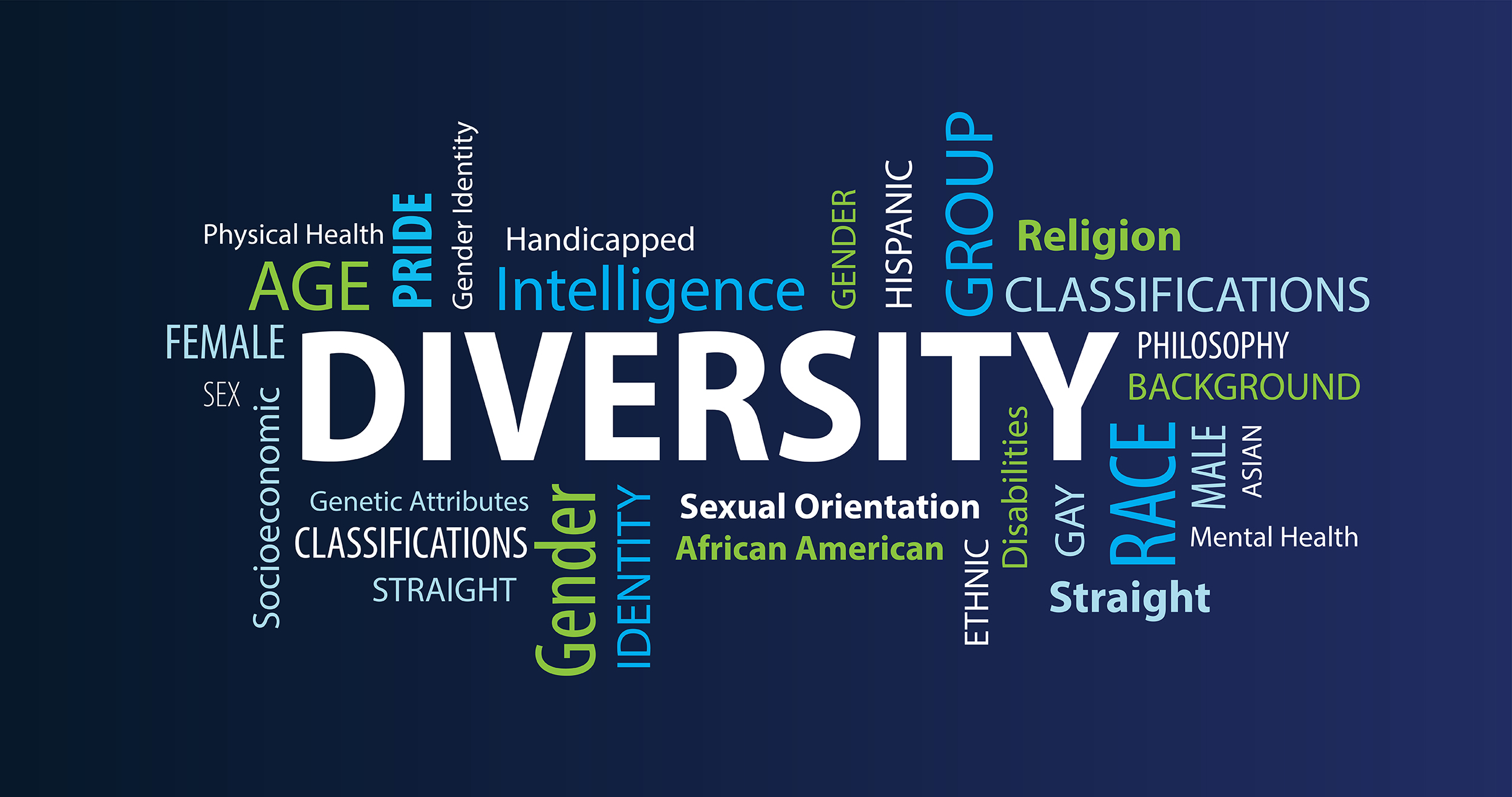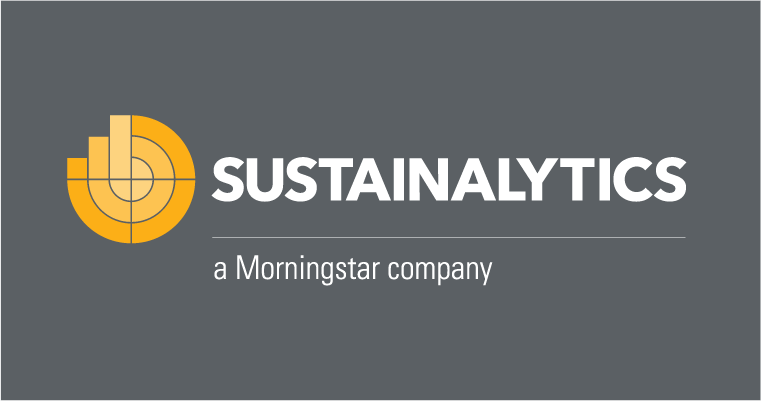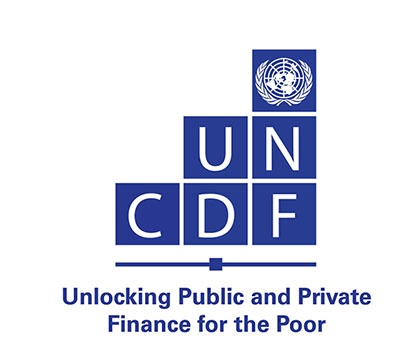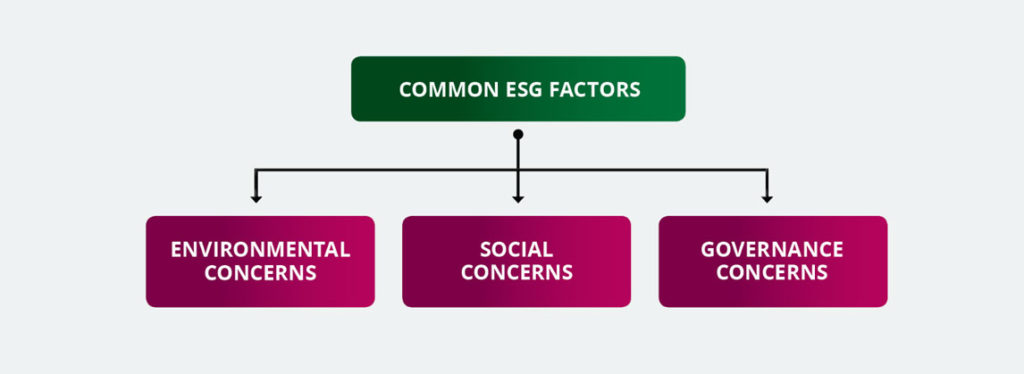QUESTIONQuestions by:
The Socially Inspired Investor Digest
ANSWERInterview with:
Heather Lang – Executive Director at Sustainable Finance Solutions and Sustainalytics.
QUESTIONTell us more about Sustainalytics
ANSWERSustainalytics is a leading environmental, social and governance research and rating firm and we use the acronym ESG throughout. Our clients are among the largest global institutional investors, banks and corporations, and our principal business is really to support our investor clients in incorporating ESG insights into their investment decision making. We have over 25 years of experience in the industry, so in that sense, we’ve really evolved. We participated in the industry’s evolution from niche to mainstream.
QUESTIONAre there bonds that are directly involved in helping us recover from the impact of the coronavirus?
ANSWERYes. Social bonds have really emerged as an important instrument for allocating capital to some of the impacts of Covid-19 and those tend to focus on two key areas. The first is health care and the second is socio-economic impact. For healthcare we might see subsidization of pharmaceuticals for treatment of Covid-19 or research and development for potential vaccines, to name a couple of examples.
QUESTIONTell us a little bit more about green bonds and what types of projects are involved in that?
ANSWERGreen bonds are distinguished from plain vanilla bonds. There are three main areas and one is green buildings. Here we would be looking at companies that would be looking to finance or refinance LEED certified buildings, for example, that meet best practices for energy efficiency. Transport could include investing in a green transit system, or changing fleet from diesel to electric vehicles, or electric trains. The third category, of course, renewables would involve seeing any investments in projects that would support increased use of renewable energies, including solar, wind, biomass and hydroelectric, for example.
ANSWERSo those three categories accounted for about 80 percent of 2019 issuance, and Green bonds constitute the largest segment of the sustainable finance market, accounting for about 260 billion in 2019. But it’s also worth noting that there are other related instruments under the sustainable finance umbrella. Those include social and sustainability bonds, along with green loans and sustainability linked loans. Social bonds though they have a smaller market share, they directly target disadvantaged groups in accessing healthcare, education, affordable housing, gender equality, to name a few; whereas sustainability bonds include both environmental and social projects. And while green bonds really are the market driver, we have seen an uptick in social and sustainability bonds in recent years and particularly a noteworthy uptick in social bonds in the context of the pandemic.
QUESTIONWhat kind of examples are you talking about with Social Bonds? Where is that money going?
ANSWERIt’s largely being targeted towards vulnerable or disadvantaged groups in a variety of contacts, making accessible housing, healthcare, education and transport. Often there’s also an overlap in the sustainability bonds. For example, you invest in transport both on the environmental side and on the accessibility side, to make sure that it’s more available to disadvantaged groups. There’s a lot of focus there under the under the social bonds on small to midsize enterprises and helping them to be more resilient.
QUESTIONOn the subject of Green Bonds, how are U.S. companies participating?
ANSWERBoth financial and non-financial corporates represent about 45 percent of green bond issuance in 2019, and these are large corporates that we know such as, Apple, Starbucks and Pfizer. Financial institutions have played a leading role in this space, both in terms of issuing, and underwriting green bonds. However, we’ve also seen a lot of different sectors come into the green bond space in recent years. There is a lot more diversification now to include tech, telecom and food retail, alongside other traditional issuers like utilities providers and real estate companies as well as corporates.
QUESTIONAre green bonds utilized globally?
ANSWERWe have worked with sovereign insurers over the years and in the last couple of years, Luxembourg, Netherlands, Fiji, Korea; also-sub sovereigns and municipalities. Additionally, development banks have played an important role in the green bond market, especially in the early years, with the World Bank being the first to issue a green bond back in 2008.
QUESTIONSo, government entities are involved in some of these, too?
ANSWERYes, absolutely.
QUESTIONHow do non-government organizations (NGOs) use bonds for social purposes?
ANSWERThey arenot as common as other types of issuers; however, we have seen an increasing amount of nonprofit issuers in the last year or so. A couple of them that Sustainalytics have worked with include the Conservation Fund, the Low-Income investment fund and Century Housing. We’ve also seen recent issuances from a handful of foundations and most notably, including the Ford Foundation, which recently issued its first-time social bond. In doing so, the foundation was able to leverage investment to double its grant making from about half a billion to over a billion, to help stabilize the financial needs for organizations that might otherwise see a funding decrease, due to Covid-19, an associated economic impact.
QUESTIONAre there bonds that are directly involved in helping us recover from the impact of the coronavirus?
ANSWERSocial bonds have really emerged as an important instrument for allocating capital to some of the impacts of Covid-19 and those tend to focus on two key areas. The first is health care and the second is socio-economic impact. For healthcare we might see subsidization of pharmaceuticals for treatment of Covid-19 or research and development for potential vaccines, to name a couple of examples. For socio-economic impact, we’d be looking at loans for small to midsize enterprises at risks, projects to prevent or alleviate unemployment and other financial supports for vulnerable populations.
QUESTIONTell us about how Green Bonds work. Who decides where that money goes?
ANSWERThe project selection for Green Bonds is often a combined effort between sustainability and finance teams and depending on the assets to be financed, they can either choose one or multiple categories. It’s worth noting that there are a set of globally identified guidelines by the International Capital Markets Association and these are called the green bond principles. There are four specific categories that all companies need to align with.
- The proceeds have to finance or refinance green projects.
- There needs to be a clear and transparent process for determining project eligibility and any potential material risks.
- All of the proceeds need to be managed in a separate subaccount or sub portfolio.
- There’s an expectation from investors that there would be regular reporting, usually on an annual basis on allocations as well as key performance indicators.
QUESTIONAre there some tax advantages to getting the green bonds and investing?
ANSWERThere are several types of tax incentives for investor, there are tax credit bonds through which investors receive tax credits instead of interest payments. That way, issuers don’t have to pay interest on their green bond issuance. There are also tax-exempt bonds where bond investors don’t have to pay income tax on interest from the green bonds they hold and that’s most common in the U.S. muni market.
QUESTIONTell us about Sustainalytics relationship with Morningstar
ANSWERI’m pleased to announce that Sustainalytics was fully acquired by Morningstar, and that’s after partnering with them for a number of years on sustainable indices and ratings. This collaboration will really support the expansion of ESG more to individual investors, advisors and wealth managers around the world. On the sustainable finance side, which is the team that I’m leading up, we are also the leading global reviewer of green bond frameworks. We work with issuers and underwriters to accelerate capital allocation to sustainable solutions.
For more information go to: Sustainable Finance Solutions at Sustainalytics.
